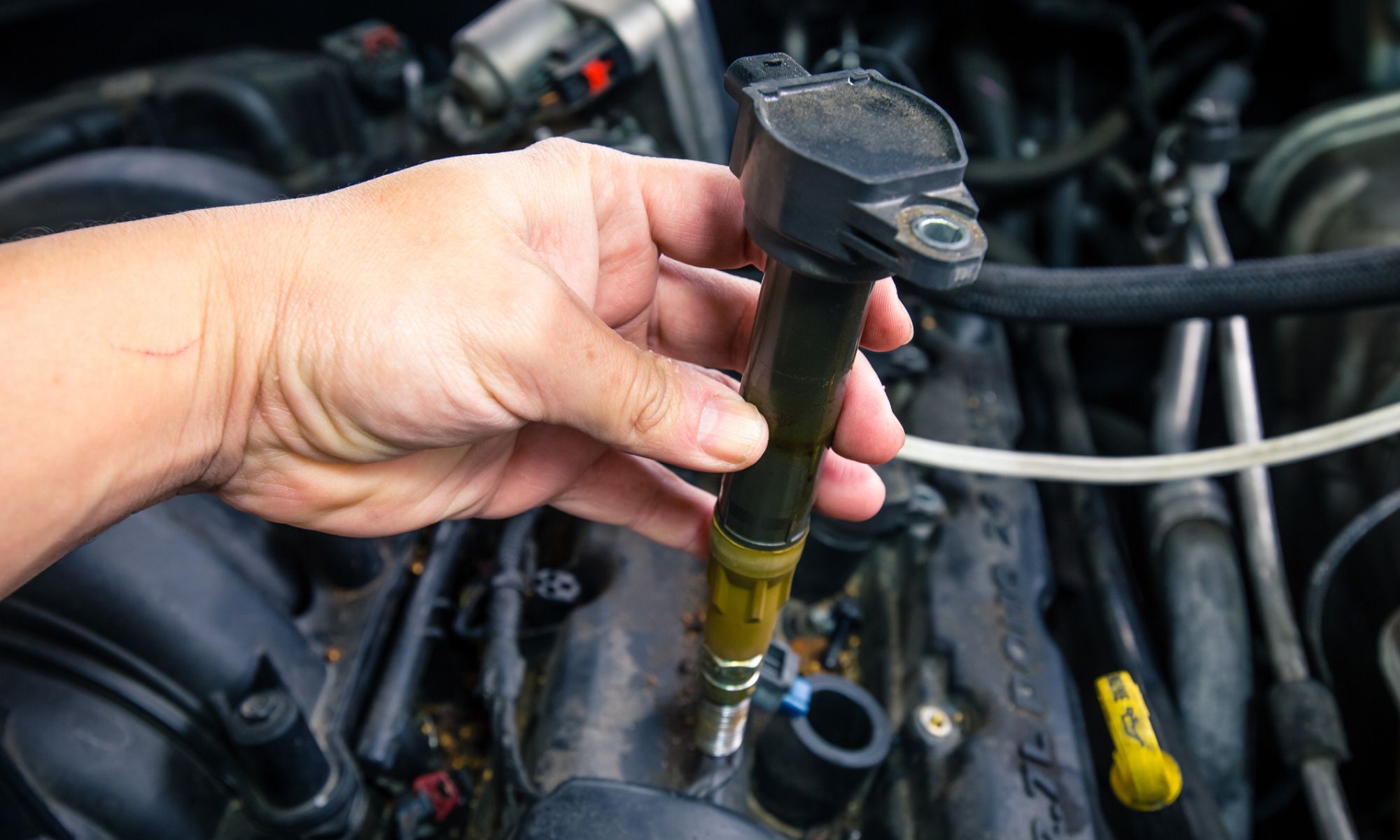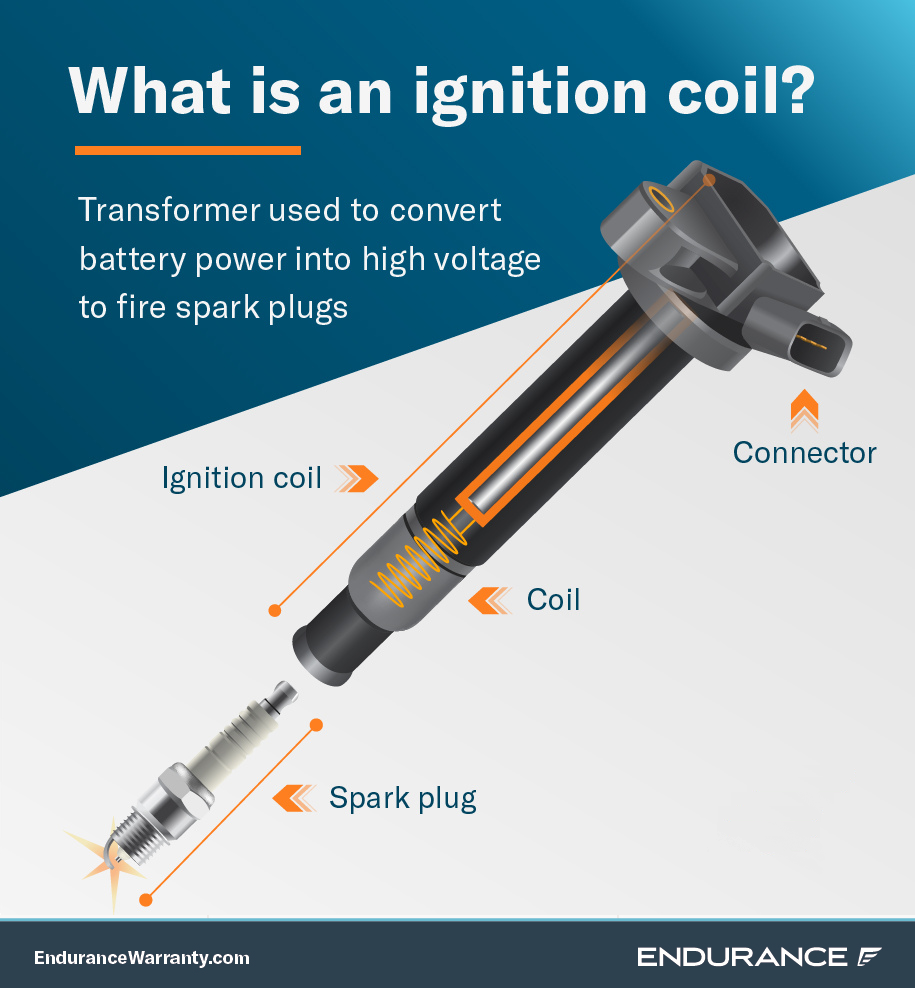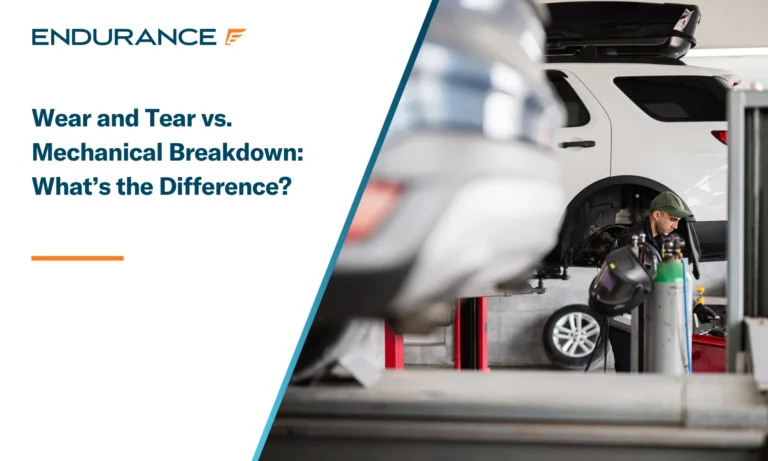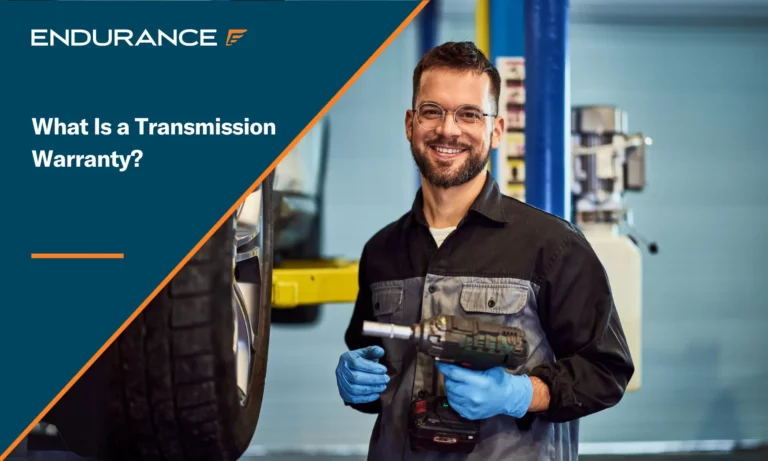¿Qué es una bobina de encendido?

Aprender más sobre cómo cuidar su vehículo es fundamental para ser un mejor propietario. Si bien no es necesario que sepa cómo reparar su motor al costado de la carretera, las habilidades básicas de reparación pueden ayudarlo a mantener su automóvil funcionando sin problemas y a mantener el ahorro de combustible.
También puede reducir las posibilidades de una avería inesperada realizando mantenimiento preventivo durante todo el año. Tareas sencillas como Comprobación del PSI de sus neumáticosCambiar el filtro de aire y reemplazar las piezas esenciales garantizará que su vehículo funcione de manera óptima. El primer paso para el mantenimiento del automóvil es aprender qué hacen las piezas específicas y cómo repararlas o reemplazarlas. Veamos qué es una bobina de encendido y revisemos los sencillos pasos para reemplazarla.
¿Qué son las bobinas de encendido?
Para que el motor funcione, necesita tres elementos para la combustión: aire, combustible y chispa. El aire ingresa por el sistema de admisión de aire, que pasa por un filtro para garantizar que el motor reciba solo aire limpio. El combustible se envía desde el tanque de gasolina a los inyectores de combustible, que rocían combustible en la cámara de combustión y se mezcla con el aire y la chispa. La chispa proviene de las bujías, que obtienen su energía de las bobinas de encendido.
Las bobinas de encendido o paquetes de bobinas son bobinas de inducción que se encuentran en el sistema de encendido de su vehículo. Su función es transformar el bajo voltaje de la batería en alto voltaje para hacer que el electrodo de la bujía genere chispas, lo que enciende la mezcla de aire y combustible en la cámara de combustión. Dependiendo de la antigüedad de su automóvil o camioneta, su sistema de encendido puede verse un poco diferente.
En los vehículos más antiguos, se utilizaba un distribuidor para distribuir la energía a cada bujía a través de los cables de las bujías. Estos sistemas solían utilizar un cable que se conectaba desde la bobina de encendido al distribuidor.
En los vehículos modernos, muchos utilizan una bobina de encendido para cada cilindro y no tienen distribuidor. Estos sistemas, conocidos como sistemas de bujía con bobina, se controlan electrónicamente y no requieren cables de bujía. Las bujías con bobina tienen la bobina de encendido incorporada en el capó, lo que permite una configuración más eficiente y limpia debajo del capó.

Síntomas de una bobina de encendido defectuosa
Al igual que cualquier componente de su vehículo, la bobina de encendido es susceptible a fallar debido a su antigüedad o a la exposición a los elementos. Dado que la bobina de encendido es parte del sistema de encendido de su vehículo, cuando comienza a fallar, lo notará bastante rápido. Dependiendo de la configuración del encendido, los síntomas pueden variar.
En los vehículos con una sola bobina de encendido que falla, notará un problema de falla de encendido más frecuente. Esto se debe a que una bobina controla todas las bujías. Si tiene una configuración de bujía con bobina en posición, es posible que sea más difícil notar una bobina de encendido defectuosa. En estos sistemas, una bujía con bobina en posición defectuosa imitará una bujía defectuosa, ya que los voltios se reducirán o se restringirán a un cilindro.
Si su bobina de encendido está defectuosa o se ha apagado por completo, notará uno o más de los siguientes síntomas:
- Condición de arranque difícil
- Pérdida de potencia
- Se enciende la luz de verificación del motor
- El ahorro de combustible disminuye
- Problemas con el sistema de escape
- Contraexplosiones/fallos de encendido del motor
- El motor está chisporroteando
- Ralentí inestable o estancamiento
- El coche se sacude o vibra
Cómo reemplazar las bobinas de encendido
Reemplazar las bobinas de encendido de su vehículo es relativamente fácil, según el vehículo en el que esté trabajando. Si bien siempre se recomienda buscar la ayuda de un mecánico profesional, reemplazar una bobina de encendido o un paquete de bobinas defectuoso es algo que muchos pueden hacer con sus propias manos. herramientas manuales sencillasAquí, le explicaremos los sencillos pasos para reemplazar una bobina de encendido para ayudarlo a reparar su automóvil de manera rápida y sencilla:
1. Localice las bobinas de encendido de su vehículo
El primer paso es localizar las bobinas de encendido del vehículo. Puedes consultar el manual del propietario para ver un desglose de los componentes debajo del capó o simplemente buscar en Internet un esquema debajo del capó. Las bujías con bobinas normalmente se ubican en la parte superior de cada cilindro, mientras que una bobina de encendido simple en una configuración de distribuidor estará en el lado derecho del compartimiento del motor.
2. Prepare el auto y las herramientas
A continuación, deberá preparar el vehículo y reunir las herramientas necesarias para reemplazar la bobina de encendido. Para preparar el vehículo, deberá asegurarse de que el automóvil esté sobre una superficie nivelada, el freno de emergencia esté activado y el cable negativo de la batería esté desconectado. Cuando trabaje con cualquier componente eléctrico de su vehículo, desconectar la batería del automóvil garantizará que no haya voltaje circulando por el sistema. Las herramientas que necesitará dependerán del vehículo, pero la mayoría requerirá un simple juego de llaves de vaso.
3. Pruebe cada bobina con un multímetro/lector de códigos
Si no está seguro de qué bobina de encendido le está dando problemas, puede probarlas con un multímetro para reemplazar solo la que está fallando. Dado que la mayoría de las personas no tienen un multímetro, puede usar un lector de códigos económico para diagnosticar su problema. Simplemente conecte su lector de códigos y debería decirle en qué cilindro, a veces denominado "banco", está teniendo una falla de encendido.
4. Retire cada bobina del vehículo
Ya sea que esté reemplazando una o todas las bobinas de encendido, necesitará saber cómo quitarlas de su vehículo. La mayoría de los sistemas de bobinas en bujías se sujetan con un solo perno de cabeza hexagonal que se puede quitar fácilmente con un juego de dados básico. Simplemente afloje y retire el perno de sujeción y saque la bobina del orificio de la bujía.
5. Lubricar e instalar bobinas nuevas
Al reinstalar las bobinas de encendido, deberá lubricarlas y agregar un poco de grasa dieléctrica para repeler la humedad y proteger los componentes eléctricos de la corrosión. Una vez que las bobinas de encendido se hayan instalado y asentado correctamente, puede continuar y ajustarlas según la especificación de par de torsión correcta.
6. Verifique el funcionamiento y vuelva a conectar la batería
Una vez que haya instalado las bobinas de encendido, revise el trabajo y vuelva a conectar la batería. Asegúrese de que los conectores estén bien sujetos. Encienda el automóvil y pruébelo para confirmar que el problema se haya resuelto. Si aún tiene un problema, luz de verificación del motor, bórrelo con su lector de códigos o llévelo a su taller local para que lo borre.
Mantenga su vehículo en buen estado con Endurance
Asegúrese de que el programa de mantenimiento de su vehículo se realice a tiempo, ya que es una de las formas más fáciles de mantenerlo en funcionamiento durante años. Esto no solo prolonga la vida útil de su automóvil, sino que también puede ayudar a prevenir costosas averías inesperadas. Si bien realizar el mantenimiento de su vehículo puede ayudar a prevenir estas averías, a veces las piezas simplemente fallan con el tiempo. Aquí es donde puede resultar útil contar con un plan de protección como Endurance Advantage.
Advantage ofrece protección contra averías para su automóvil y hasta $1,500 en cobertura de mantenimiento regular. Esto incluye excelentes servicios de mantenimiento, como controles de PSI, rotación de neumáticos, cambios de aceite y más. nuevos clientes de Endurance También tienes acceso a un año GRATIS Beneficios de élite, incluidas dos reparaciones/reemplazos de neumáticos, reemplazos de llaveros y mucho más con cualquier Plan de protección Endurance.
Para encontrar un plan de protección de automóviles que se ajuste a su presupuesto, tienda en linea o solicite un presupuesto gratuito llamando al (800) 353-8203. Para obtener más información, como consejos para hacer uno mismo su automóvil, guías de compra de expertos en automóviles, artículos sobre convertidores catalíticos y otros procedimientos automotrices, visite el sitio web Blog de Endurance.













Alex ha trabajado en la industria de servicios automotrices durante más de 20 años. Luego de graduarse de una de las mejores escuelas técnicas del país, se desempeñó como técnico logrando la certificación de Maestro Técnico. También tiene experiencia como asesor de servicios y gerente de servicios. Leer más sobre alex